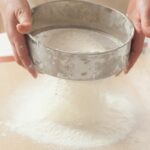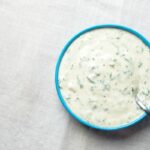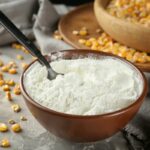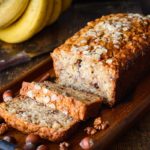If you suffer from celiac disease or gluten intolerance, you may have to undergo a gluten-free diet. Fortunately, gluten-free food is more accessible now than ever before.
One such food is gluten-free bread, which tastes great and is suitable for people with celiac disease.
However, you may have noticed that gluten-free breads are often much smaller than standard wheat bread. This could be because of the higher manufacturing costs or the density of the bread. Let’s explore why this is!
What is Gluten-Free Bread?
To answer this, you must first understand what gluten is. Essentially, gluten is a form of protein found in wheat, barley, and rye. Many people struggle to consume gluten. If this is the case, you may have celiac disease.
Celiac disease is a condition whereby the immune system launches an attack against the body’s tissues when gluten is consumed. This can result in a range of unpleasant symptoms, such as stomach pain and diarrhea.
Gluten-free bread has been made without gluten. Thus, it is suitable for people with celiac disease or gluten intolerance. As a result, people can consume bread that tastes just like regular bread without enduring painful symptoms.
Instead of wheat or other grains that contain gluten, this bread can be made from ingredients like potato starch, tapioca starch, rice flour, and cornstarch.
Why is Gluten-Free Bread Small?
The main explanation for the small size of gluten-free bread is that it costs more to produce than regular bread. Often, the raw materials and ingredients cost more than those found in normal bread.
Hopefully, as more people across the globe develop a strict gluten-free diet, it will become cheaper to manufacture gluten-free products. This should result in loaves of this bread increasing in size.
An alternative reason for the small size could be the density of Gluten-free bread. The ingredients used in gluten-free bread recipes tend to create a dense loaf. As a result, many gluten-free breads tend to be small.
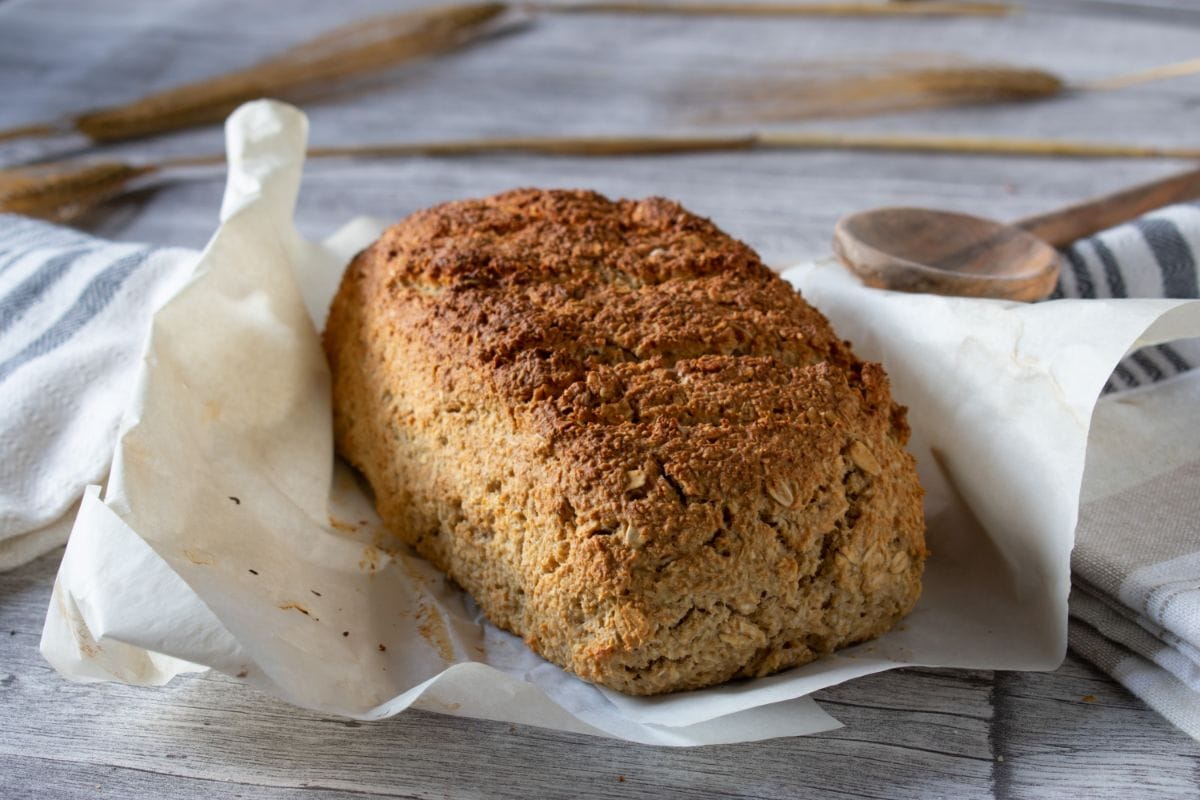
What Does Gluten-Free Bread Taste Like?
Gluten-free bread tastes great! It tends to taste very comparable to regular bread. The flavor will depend on which gluten-free bread brands you opt for, as some breads will have stronger flavors than others. For example, you may opt for a bread with a nutty taste.
If you make your own bread, you can add ingredients that will alter the flavor. You don’t just have to include the ingredients that the recipe calls for. For example, you can make gluten-free bread a little sweeter by adding a little sugar.
It may be worth experimenting with gluten-free baking as you can easily personalize your food.
Is Gluten-Free Bread Healthy?
In terms of the nutritional value of gluten-free bread, it is similar to wheat breads. It is an excellent carbohydrate. Carbohydrates are brilliant at filling you up and will provide the body with plenty of energy.
However, gluten-free options tend to be lower in fiber and protein. Of course, this will be reliant on the recipe, since there are high-fiber and protein recipes out there for you to try.
The main health benefit of gluten-free bread is that it allows people to consume bread without experiencing the symptoms of celiac disease. This means that people with gluten allergies can have delicious sandwiches or a comforting slice of toast!
Why is Gluten-Free Bread So Expensive?
Many people find that shop-bought gluten-free products, such as bread, tend to be considerably more expensive than the standard versions.
For instance, gluten-free pasta may have a higher price tag than standard pasta, which is usually made with durum wheat flour.
One of the main reasons why gluten-free products are less budget-friendly is because there is a higher risk of cross-contamination when these foods are manufactured. Cross-contamination refers to bacteria and other microorganisms that may be passed from one surface to another.
Cross-contamination could cause foods that are labeled gluten-free to be contaminated by foods that contain gluten. Consequently, this could make people sick.
To prevent this cross-contamination from occurring, gluten-free bread brands must take extra steps to ensure that food is safe during the baking process.
This includes regular and thorough cleaning sessions. Plus, the food will need to be inspected before it can leave the factory. This has resulted in the emergence of dedicated gluten-free facilities.
Another factor that may impact the cost of gluten-free bread is the rarity of the ingredients used to make it. In contrast, the ingredients used to make traditional bread tend to be fairly cheap.
The Top Gluten-Free Bread Brands
If you don’t want the hassle of baking homemade gluten-free bread, here are some of the best gluten-free bread brands on the market:
- Canyon Bakehouse
- Three Bakers
- Schär
- Carbonaut
Frequently Asked Questions
Is Gluten-Free Bread Also Dairy-Free?
If you have multiple food allergies, you may also be wondering whether gluten-free bread is also dairy-free. Many gluten-free breads contain dairy products, such as milk. Luckily, there are some dairy-free brands out there for you to try. Just remember to check the label.
Is Brown Rice Gluten-Free?
Yes, brown rice is gluten-free. The same is true of natural types of rice. This is why rice flours are commonly used in gluten-free baking.
What Types of Flour Can Make Gluten-Free Bread?
These are some of the best gluten-free flours that can be used to bake gluten-free bread:
- Buckwheat flour
- Brown rice flour
- Almond flour
- Coconut flour
- Chickpea flour
- White rice flour
Gluten-free flour is an essential ingredient if you wish to bake gluten-free bread.
Final Thoughts
The small size of gluten-free bread can be a little irritating. But the good news is that eating gluten-free bread is just like consuming traditional bread.
So if you have celiac disease but crave a sensational sandwich, gluten-free breads are an amazing alternative to wheat breads.





